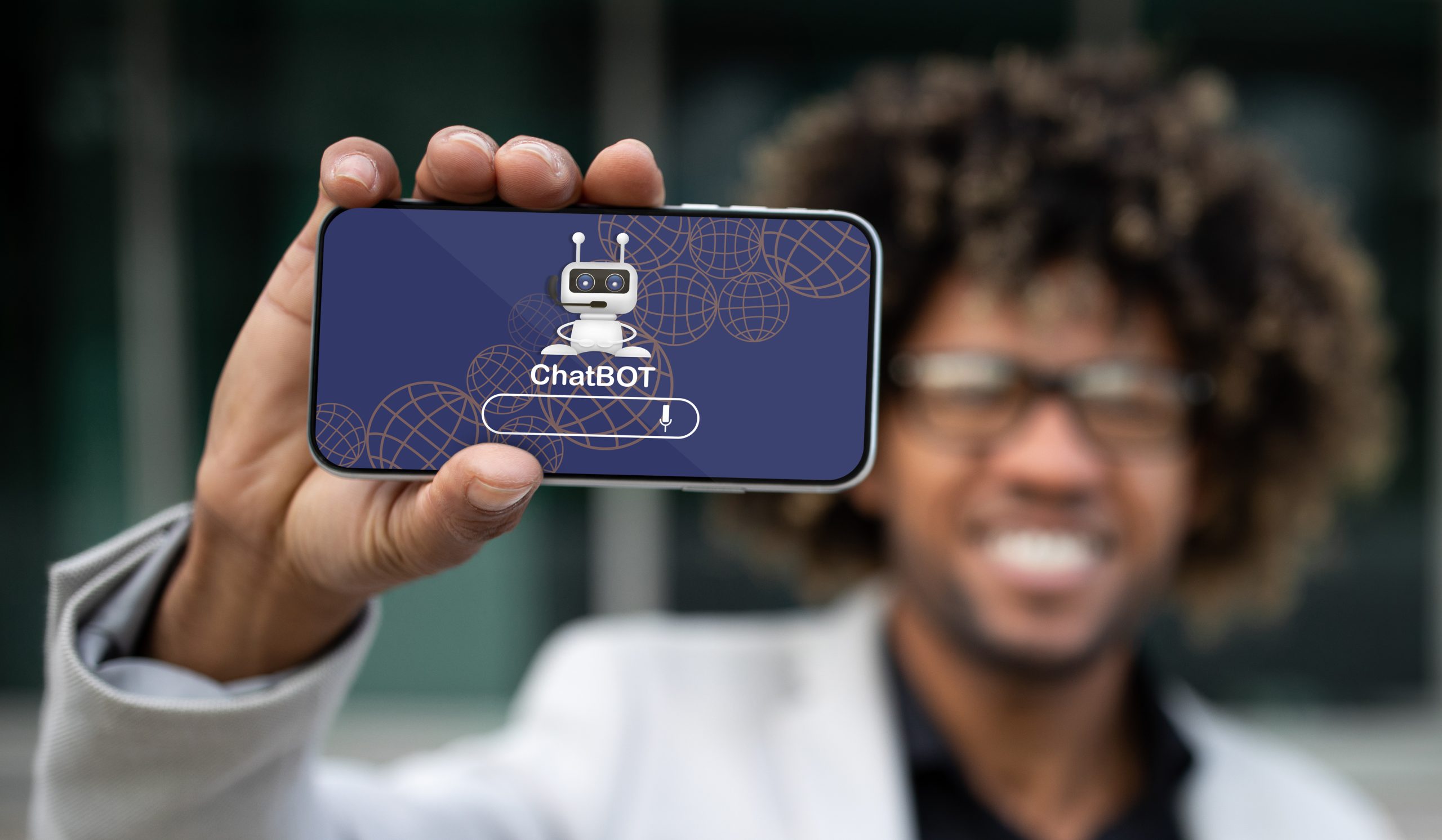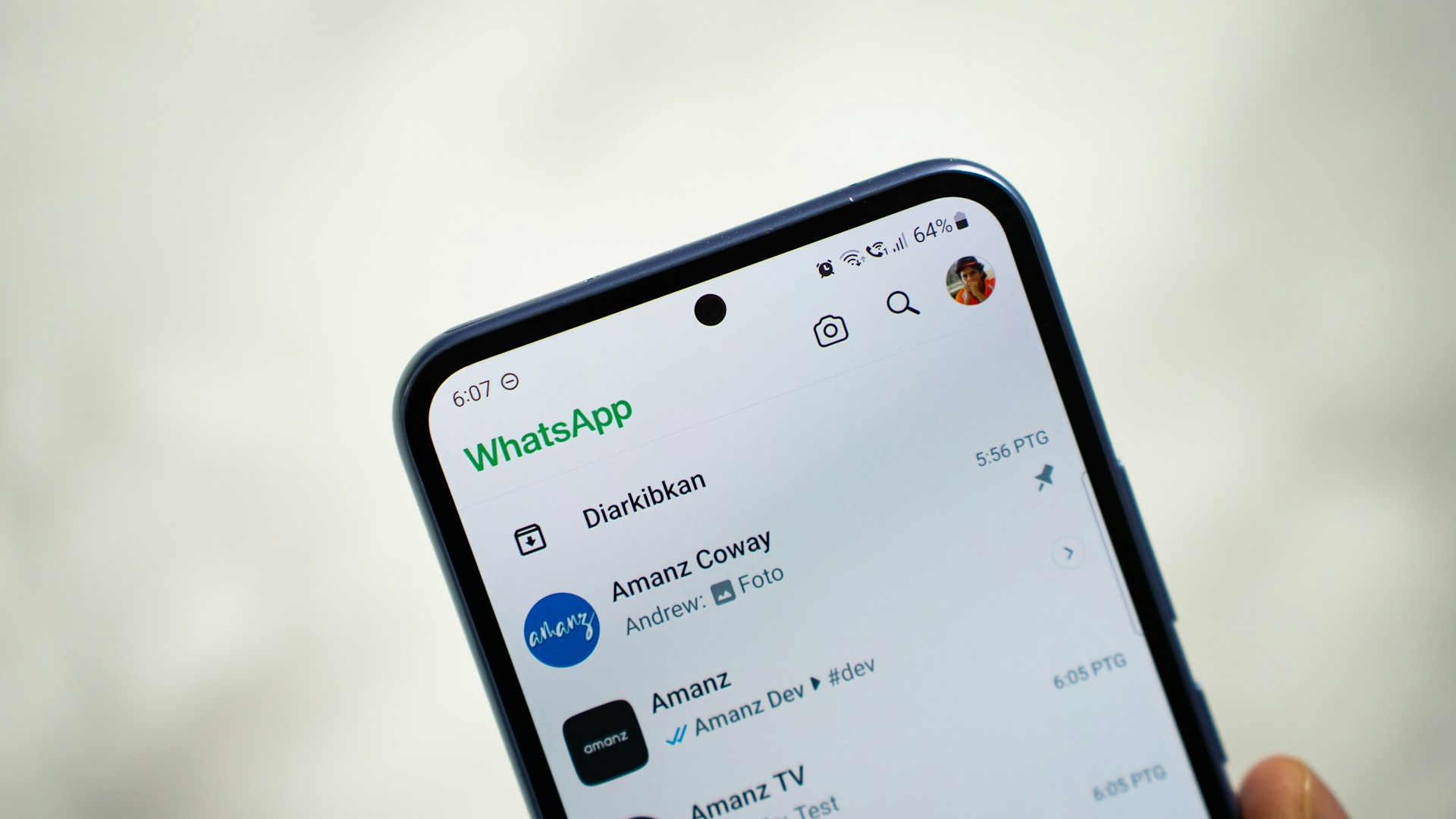Artificial Intelligence (AI) chatbots are changing how businesses interact with customers. These smart virtual assistants can chat with customers, answer questions, and offer help anytime, day or night. An AI chatbot works like a real person but can handle many chats at once, making it a useful tool for customer service.
AI chatbots are different from traditional chatbots. Traditional ones follow set rules and provide pre-defined answers. AI chatbots can learn and understand what people are saying, thanks to advanced technology like machine learning and natural language processing. This allows them to offer more personalised and accurate help to customers.
Using AI chatbots can bring many benefits to businesses. They can provide round-the-clock support, which means customers get help whenever they need it. AI chatbots also cut down on costs because they reduce the need for large customer service teams. By handling common questions and issues, they free up human agents to deal with more complicated problems. In this article, we will explore how to build AI chatbots and make the most of their capabilities.
What is an AI ChatBot?
An AI chatbot is a computer program that uses artificial intelligence to interact with people through text or voice. These chatbots can understand, process, and respond to human language in a smart and human-like way. They can answer questions, provide information, and even assist with tasks, all without human intervention.
AI chatbots differ from traditional chatbots in several ways. Traditional chatbots follow pre-set rules and provide limited answers based on specific keywords. They cannot understand or adapt beyond their programming. On the other hand, AI chatbots use machine learning and natural language processing to understand context, learn from interactions, and generate more accurate and relevant responses. This makes AI chatbots more flexible and capable of handling complex queries.
Benefits of Using AI ChatBots for Your Business
List of Advantages:
1. Round-the-Clock Support: AI chatbots can operate 24/7, providing customer support even outside of regular business hours. This ensures that customers get help whenever they need it.
2. Cost Savings: By automating repetitive tasks and handling a significant volume of queries, AI chatbots reduce the need for large customer support teams. This leads to substantial cost savings.
3. Improved Customer Satisfaction: Quick and accurate responses from AI chatbots can significantly enhance the customer experience. Satisfied customers are more likely to return and recommend your business to others.
4. Scalability: AI chatbots can handle multiple interactions simultaneously without any drop in performance, making it easier for businesses to scale their customer support efforts.
5. Data Collection: AI chatbots can collect and analyse customer data, providing valuable insights into customer preferences, common issues, and overall customer experience.
Various Use Cases for AI Chatbots in Different Industries:
– Retail: Assist customers with product searches, process orders, and handle return requests.
– Healthcare: Provide patients with appointment booking, health information, and medication reminders.
– Travel and Hospitality: Manage bookings, answer travel queries, and offer personalised recommendations.
– Finance: Assist with account information, transaction histories, and financial advice.
– Education: Support students with coursework, provide information on courses, and handle administrative tasks.
AI chatbots are versatile tools that can be customised to fit various industries. By implementing AI chatbots, businesses can improve efficiency, cut down costs, and provide better customer service across different platforms.
How to Build an AI ChatBot with a No-Code Platform
Steps to Create an AI ChatBot Using a No-Code Tool:
1. Choose a No-Code Platform: Select a platform that offers the features you need for your chatbot. Make sure it supports AI and can integrate with your existing systems.
2. Sign Up and Set Up: Register on the platform and set up your account. Fill out the necessary business details and upload any required data.
3. Create Chatbot Flows: Use the platform’s drag-and-drop interface to design your chatbot flows. Define how the chatbot should respond to different types of queries.
4. Test the Chatbot: Before going live, test the chatbot extensively. Make sure it understands queries correctly and provides accurate responses.
5. Launch: Once testing is complete, launch your chatbot. Make it available on your website, social media pages, and other communication channels.
Tips for Designing Effective and User-Friendly Chatbot Flows:
– Keep It Simple: Don’t overload the chatbot with too many features. Focus on the most important queries and responses.
– Use Clear Language: Ensure the chatbot communicates in simple and clear language. Avoid technical jargon.
– Provide Quick Responses: Design the chatbot to respond quickly to user queries. Long waiting times can frustrate users.
– Include Fallbacks: Always include fallback messages for queries the chatbot cannot handle. This will ensure a smooth user experience.
– Enable Human Takeover: Make it easy for users to switch to a human agent if needed. Sometimes, complex issues require human intervention.
Maximising the Potential of AI ChatBots
Best Practices for Integrating Chatbots into Your Existing Systems:
– Seamless Integration: Make sure your AI chatbot integrates seamlessly with your existing customer relationship management (CRM) system and other software.
– Consistent Data: Ensure the chatbot has access to updated and consistent data. This helps it provide accurate information to users.
– Training and Updates: Continuously train the chatbot with new data and update its responses. This keeps it effective and current.
Metrics to Track and Optimise Chatbot Performance:
– User Engagement: Track how often users interact with the chatbot. High engagement indicates that customers find it helpful.
– Response Accuracy: Measure how accurately the chatbot responds to queries. A high accuracy rate means the chatbot understands user questions well.
– Resolution Rate: Monitor the percentage of queries resolved by the chatbot without human intervention. A higher resolution rate means the chatbot is efficient.
– Customer Satisfaction: Use surveys and feedback forms to gauge customer satisfaction. Happy customers reflect the effectiveness of the chatbot.
– Average Handling Time: Track how long it takes for the chatbot to handle and resolve queries. Aim to reduce this time for better efficiency.
Conclusion
AI chatbots offer businesses a powerful way to enhance customer service and reduce costs. They provide 24/7 support, handle multiple queries at once, and offer personalised responses using advanced technology. By using a no-code platform, businesses can easily create and deploy AI chatbots without needing coding skills.
Implementing AI chatbots allows you to offer better customer experiences, streamline operations, and gather valuable insights. Whether you are in retail, healthcare, finance, or any other sector, AI chatbots can be tailored to meet your specific needs.
Enhance your customer support and streamline operations with Text Global Ltd. Build and deploy intelligent AI chatbots through our omnichannel platform and communicate effortlessly with your customers. Get started with Text Global Ltd today!




